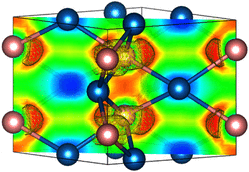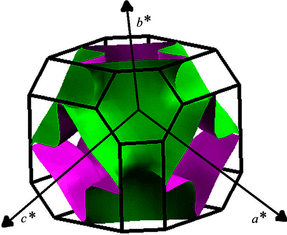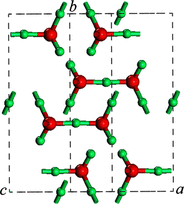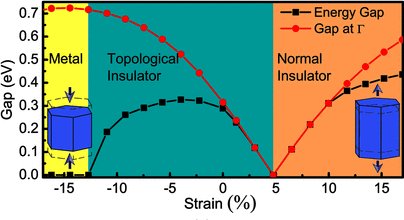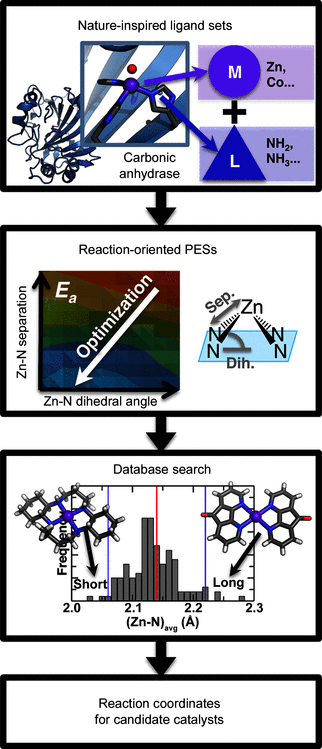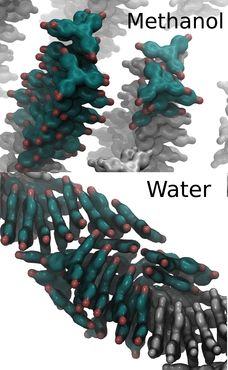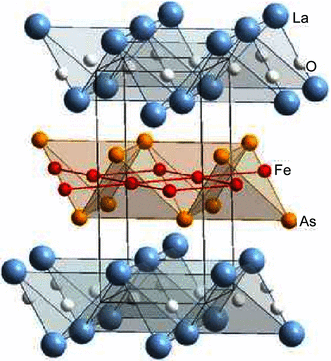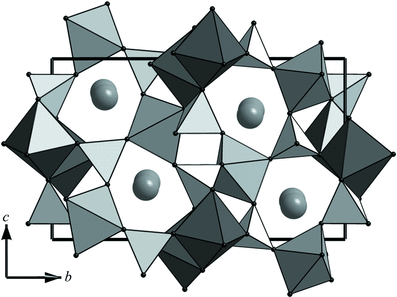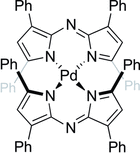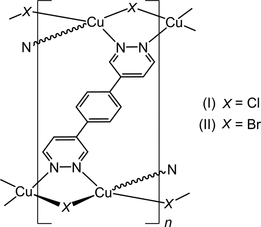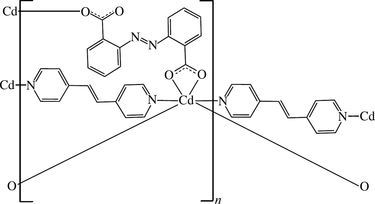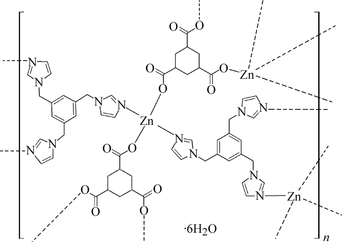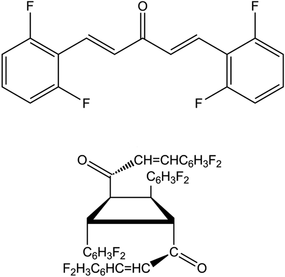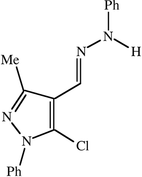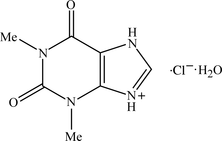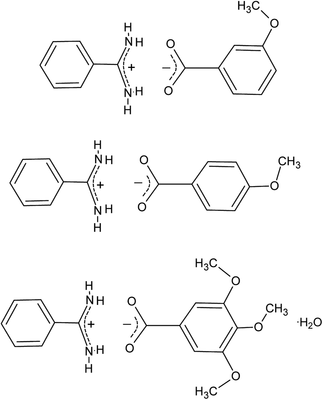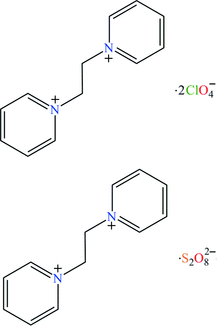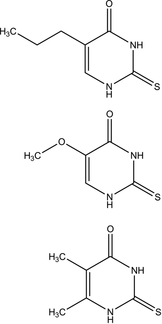issue contents
February 2014 issue
Special issue on Computational materials discovery
Guest Editor: Artem Oganov (Center for Materials by Design, State University of New York, USA)

Cover illustration: One of the main crystal structures of HfO2-SiO2 compounds discovered by USPEX. See Zeng et al. [Acta Cryst. (2014), C70, 76-84].
computational materials discovery
In order to enable computational discovery of novel high-k dielectric materials, we propose a fitness model (energy storage density) that includes the dielectric constant, bandgap, and intrinsic breakdown field. This model, used as a fitness function in conjunction with first-principles calculations and the global optimization evolutionary algorithm USPEX, efficiently leads to practically important results.
Download citation


Download citation


Parameter-free variable-compositional evolutionary algorithm searches, together with first-principles calculations, yield the prediction of new tungsten borides, as well as confirmation of a series of experimentally known borides.
Ab initio study of high-pressure electronic and superconductivity properties of lithium-doped hydrogen.
Three crystal structures of hydrazine under high pressure have been found, including the reported experimental phase. Pressure-induced hydrogen-bond symmetrization occurs at 235 GPa during the Cc→C2/c transition.
First-principles calculations show that strain-induced topological phase transition is a universal phenomenon in those narrow-gap semiconductors for which the valence band maximum (VBM) and conduction band minimum (CBM) have different parities.
Developing an approach for first-principles catalyst design: application to carbon-capture catalysis
An approach to first-principles catalyst design is presented in which models are used to elucidate geometric–energetic–activity relationships. These design principles are then employed to search structural databases for matching candidate catalysts in the example CO2 hydration reaction.
Recent experimental evidence has shown that the nucleation of 1,3,5-tris(4-bromophenyl)benzene (3BrY) follows a two-step mechanism. In this work, the formation of clusters of 3BrY from homogeneous water and methanol solutions is simulated using metadynamics.
A review of the LDA+DMFT method and examples of its applications to real materials with strong electronic correlations, including SrVO3, V2O3, LiV2O4, iron pnictide materials, metallic cerium, NiO and MnO.
inorganic compounds
Download citation


Download citation


For KNi0.93FeII0.07FeIII(PO4)2, the partial substitution of Ni by Fe to give a mixed Ni/Fe site is accompanied by the redistribution of K between its original site and a newly populated position.
CCDC reference: 981045
metal-organic compounds
Download citation


Download citation


The synthesis and single-crystal X-ray structural determination of a homoleptic four-coordinate tetraphenylazadipyrromethene complex of palladium are described.
CCDC reference: 979468
Download citation


Download citation


In two organic–inorganic hybrid salts consisting of trimethylsulfonium cations and polymeric {[SbCl4]−}n or {[CdCl3]−}n anions, the central metal atoms are coordinated by six Cl atoms, forming an anionic {[SbCl4]−}n three-dimensional framework or anionic {[CdCl3]−}n one-dimensional chains.
Download citation


Download citation


The title chloride and bromide coordination polymers are isomorphous and the primary coordination motif consists of cuprohalogenide chains accommodating μ-pyridazine groups. The organic ligands are tetradentate and link the inorganic chains into corrugated layers. The packing is influenced by interlayer anion⋯π interactions.
Download citation


Download citation


The cadmium complex prepared by reaction of Cd(OAc)2·2H2O with 2,2′-(diazenediyl)dibenzoic acid and 1,2-bis(pyridin-4-yl)ethene possesses a two-dimensional bilayered structure with a 3641362 topology.
CCDC reference: 978644
Download citation


Download citation


The title complex is a two-dimensional metal–organic framework, with the CdII cation coordinated by three oxalate ligands, a 1H-1,2,4-triazole-5(4H)-thione ligand and a water molecule. The CdO6S and oxalate units form an extended two-dimensional layered structure.
CCDC reference: 979478
Download citation


Download citation


The title tetranuclear organotin compound has a core of three fused Sn2O2 rings. The bulk of the molecule is planar, with the n-butyl and 2-(2-methoxyethoxy)ethyl chains extending perpendicular to the plane.
CCDC reference: 981158
Download citation


Download citation


In a novel three-dimensional ZnII coordination polymer with 1,3,5-tris(imidazol-1-ylmethyl)benzene and cyclohexane-1,3,5-tricarboxylate ligands, there are two types of crystallographically independent ZnII centres, one in a general position and one on a twofold crystallographic axis.
CCDC reference: 978268
Download citation


Download citation


The title novel noncentrosymmetric metal–organic framework was prepared solvothermally using the tetradentate linker tetrakis[(imidazol-1-yl)methyl]methane (tiym) in the presence of zinc nitrate under acidic conditions. With its four peripheral imidazole N atoms, the tiym linkers are bridged by four [ZnCl2] subunits to generate a three-dimensional diamond topological framework.
CCDC reference: 979315
Download citation


Download citation


A cobalt(III) cluster whose Co4O4 core has cubane topology crystallizes in a layered structure in which the layer of clusters alternates with a two-dimensional hydrogen-bonded water aggregate with cyclic substructures.
CCDC reference: 981707
organic compounds
Download citation


Download citation


(1E,4E)-1,5-Bis(2,6-difluorophenyl)penta-1,4-dien-3-one dimerizes under sunlight in chloroform solution to form the corresponding cyclobutane derivative. The dimer shows the `truxillic acid'-type arrangement of crystallographic centres of inversion, with cell dimensions closely related to those of the monomer.
Download citation


Download citation


Three different achiral components, dicyclohexylammonium cations, 2,4,6-trichlorophenolate anions and H-atom-bridged 2,4-dichlorophenolate/2,4-dichlorophenol units, are held together by O—H⋯N and O—H⋯O hydrogen bonds to form a chiral hydrogen-bonded pentameric ring. A helical cylinder is established by the packing of the chiral hydrogen-bonded rings along the 41 screw axis.
CCDC reference: 977068
Download citation


Download citation


N-(3,4,5-Trimethoxybenzylidene)naphthalen-1-amine forms simple hydrogen-bonded sheets built from C—H⋯O hydrogen bonds, linked by π–π stacking interactions, and its reduction product forms complex sheets built from N—H⋯O, C—H⋯O and C—H⋯π(arene) hydrogen bonds.
Download citation


Download citation


The reaction of a chloropyrazolecarbaldehyde with phenylhydrazine proceeds via a simple condensation rather than substitution or cyclocondensation. The resulting compound forms hydrogen-bonded chains, which are linked into sheets by π–π stacking interactions.
CCDC reference: 981047
Download citation


Download citation


The monohydrate chloride and bromide salts of theophylline are mutually isostructural, with the cations and anions lying on crystallographic mirror planes (Z′ =  ). The BF4 salt structure is based on planar hydrogen-bonded theopylline cation dimers, with the anions interacting with the dimers in a pendant fashion. The anhydrous chloride salt structure has Z′ = 2 and forms one-dimensional chains of cations and anions propagating parallel to the crystallographic c direction.
). The BF4 salt structure is based on planar hydrogen-bonded theopylline cation dimers, with the anions interacting with the dimers in a pendant fashion. The anhydrous chloride salt structure has Z′ = 2 and forms one-dimensional chains of cations and anions propagating parallel to the crystallographic c direction.
Download citation


Download citation


In three benzamidinium–benzoate molecular salts, the amidinium fragments and the carboxylate groups are completely delocalized, and the delocalization favours the aggregation of the molecular components into nonplanar dimers with an  (8) graph-set motif by N+—H⋯O− (±)(CAHB).
(8) graph-set motif by N+—H⋯O− (±)(CAHB).
Download citation


Download citation


Similar Hirshfeld surface shapes of the 1,1′-(ethane-1,2-diyl)dipyridinium dication are observed in its perchlorate and peroxodisulfate salts. The asymmetric two-dimensional fingerprint plots and the preponderance of H⋯O interactions in the crystal structures are discussed.
Download citation


Download citation


Three hexahydrocycloocta[b]pyridine-3-carbonitriles differing in the nature of the substituents either at the 2-position of the central pyridine ring or on the pendent aryl ring are presented, demonstrating that changes in the substituents cause significant differences in molecular conformation, intermolecular interactions and packing.
Download citation


Download citation


The preferred hydrogen-bonding patterns in eight crystal structures of 2-thiouracil derivatives were analysed. In five of the structures, the usual pairs of N—H⋯S or N—H⋯O hydrogen bonds are formed, whereas three structures contain `mixed' R22(8) patterns with one N—H⋯S and one N—H⋯O hydrogen bond.


 journal menu
journal menu












